Here's an overview:
- Understanding White Noise
- The Effect of White Noise on the Brain
- White Noise and Sleep Patterns
- The Impact of White Noise on Sleep Quality
- Different Types of White Noise Machines
- Using White Noise for Better Sleep Hygiene
- White Noise as a Tool for Managing Tinnitus
- The Role of White Noise in Improving Concentration
- Potential Drawbacks of Using White Noise for Sleep
- Tips for Using White Noise Effectively
Understanding White Noise
White noise is a type of sound that contains all audible frequencies at equal intensity. It is called "white" because it is analogous to white light, which contains all visible colors. In other words, white noise contains all audible pitches in the same way that white light contains all visible wavelengths.
White noise is often used as a sleep aid because it can help drown out background noises that may disturb sleep, such as traffic sounds or snoring. By creating a consistent and soothing auditory environment, white noise can help mask external disturbances and create a more conducive setting for sleep.
When white noise is played, it essentially fills the auditory space, making it more difficult for sudden or irregular sounds to stand out. This can be especially helpful for light sleepers or individuals who live in noisy environments.
Moreover, white noise can have a calming effect on the brain, promoting a state of relaxation and reducing racing thoughts or anxious feelings. By providing a constant and predictable sound, white noise can help the mind drift into a state of tranquility, setting the stage for a deep and restful sleep.
It's worth noting that white noise should be used at a comfortable and safe volume. Excessive noise levels can be counterproductive and even detrimental to sleep quality. Therefore, it's important to find the right balance that allows for background noise without causing discomfort or potential harm to the ears.
Overall, understanding white noise can help individuals harness its benefits for better sleep. By utilizing this continuous and uniform sound, one can create an environment that promotes relaxation, masks distractions, and ultimately enhances the quality of sleep experienced.
The Effect of White Noise on the Brain
White noise, a type of sound that contains all audible frequencies at equal intensity, has shown to have a positive impact on the brain when it comes to sleep.
-
Research has revealed that white noise can help mask background sounds that may disrupt sleep, such as traffic noise or a partner's snoring. By creating a consistent sound environment, white noise can help individuals fall asleep faster and stay asleep throughout the night.
-
One reason white noise is effective is its ability to block out sudden noises that can awaken the brain during sleep. The brain becomes accustomed to the constant sound white noise provides and is therefore less sensitive to unexpected sounds that may disrupt sleep.
-
White noise has also been found to promote relaxation by reducing the brain's sensitivity to external stimuli. It acts as a type of auditory "neutral zone," helping the brain filter out other sounds and focus on the continuous sound of the white noise.
-
Additionally, white noise can help individuals who suffer from tinnitus or ringing in the ears. By providing a steady background sound, it can help mask the ringing and provide relief for those experiencing this condition.
In summary, white noise has a significant impact on the brain when it comes to sleep. It helps create a consistent sound environment, blocks out disruptive noises, promotes relaxation, and aids individuals with tinnitus. Incorporating white noise into your sleep routine may be beneficial for achieving a better quality of sleep.
White Noise and Sleep Patterns
White noise has been found to have a significant impact on sleep patterns. When used during sleep, white noise can help to mask disruptive sounds and create a more peaceful sleep environment.
One of the main ways that white noise helps to improve sleep patterns is by blocking out background noises that may disturb sleep. This can include sounds from outside the bedroom, such as traffic or noisy neighbors, as well as internal noises within the home, such as a partner's snoring or household appliances. By creating a steady and consistent sound, white noise can help to minimize these disturbances and promote a deeper and more restful sleep.
Furthermore, white noise can also help to regulate sleep patterns by providing a constant and predictable sound. Our bodies have a natural inclination to respond to rhythmic and repetitive sounds, which can have a calming and soothing effect. By providing a consistent sound, white noise can help to establish a sleep routine and signal to the body that it is time to rest.
Additionally, white noise can help to drown out other thoughts or worries that may prevent sleep. By providing a continuous sound, white noise can help to divert attention away from racing thoughts or stressful stimuli, allowing the mind to relax and drift off to sleep more easily.
Overall, incorporating white noise into your sleep routine can help to promote better sleep patterns by reducing disruptive sounds, establishing a calming routine, and redirecting attention away from stressors.
The Impact of White Noise on Sleep Quality
White noise has been found to have a significant impact on sleep quality. Here are a few ways in which it can improve the overall sleep experience:
-
Masking Background Noise: White noise works by creating a gentle, consistent sound that effectively masks background noise. This can be particularly beneficial for light sleepers or individuals living in noisy environments. By drowning out disruptive sounds, white noise helps create a more peaceful and conducive sleep environment.
-
Promoting Relaxation: The steady and consistent sound of white noise can help calm the mind and induce a state of relaxation. This can be particularly helpful for individuals who struggle with racing thoughts or anxiety at bedtime. By promoting relaxation, white noise can help individuals fall asleep faster and experience a deeper, more restful sleep.
-
Improving Sleep Continuity: White noise can aid in improving sleep continuity by reducing the likelihood of sleep disruptions. Sudden noises or changes in the environment can often jolt individuals out of a deep sleep, leading to fragmented sleep patterns. By providing a constant and soothing background sound, white noise helps to minimize these disruptions and promote a more uninterrupted sleep.
-
Enhancing Concentration: White noise can also be beneficial for individuals who struggle with concentration during sleep. By providing a consistent and predictable sound, it can help mask distractions and create a more focused sleep environment. This can be particularly useful for individuals who live in busy urban areas or have disruptive neighbors.
-
Creating a Sleep Association: Using white noise consistently over time can create a conditioned response, where the sound becomes associated with sleep. This can help individuals develop a more consistent sleep routine and signal the body to relax and prepare for sleep.
Overall, white noise can have a positive impact on sleep quality by masking background noise, promoting relaxation, improving sleep continuity, enhancing concentration, and creating a sleep association. Incorporating white noise into a bedtime routine can be an effective tool for achieving a more peaceful and restful night's sleep.
Different Types of White Noise Machines
There are various types of white noise machines available on the market, each offering different features and functionalities. Here are some of the most common types:
-
Portable White Noise Machines: These compact and lightweight devices are designed for easy transportability. They are perfect for travelers and individuals who frequently change their sleep environment.
-
Tabletop White Noise Machines: Tabletop machines are larger and more powerful than their portable counterparts. They are typically placed on a nightstand or desk and provide a wide range of white noise options.
-
Smart White Noise Machines: These innovative machines can be connected to smartphones or other smart devices via Bluetooth or Wi-Fi. They often come with advanced features like customizable sound options, sleep tracking, and integration with personal assistant technologies.
-
Baby White Noise Machines: Specifically designed for infants and young children, these machines offer gentle and soothing sounds to help babies fall asleep and stay asleep. Some models also feature additional functions such as night lights and lullabies.
-
Sleep Therapy Machines: Some white noise machines are equipped with additional sleep therapy features, such as nature sounds, meditative music, or relaxation programs. These machines aim to promote relaxation and stress relief for a more restful sleep experience.
When choosing a white noise machine, consider factors such as sound quality, volume adjustment options, timer functions, and ease of use. Opt for a machine that suits your preferences and meets your specific sleep needs.
Using White Noise for Better Sleep Hygiene
White noise can be an effective tool in improving sleep hygiene. By providing a constant, soothing sound, white noise helps to mask disruptive noises, such as traffic or snoring, that can interfere with sleep. This can be particularly beneficial for individuals who live in noisy environments or have difficulty falling asleep.
One way to incorporate white noise into your sleep routine is by using a white noise machine. These devices produce a steady sound that can drown out background noise and create a more peaceful sleep environment. You can choose from a variety of sounds, such as ocean waves, rain, or a simple static noise, depending on your preference.
Another option is to use white noise apps or playlists available on smartphones or other electronic devices. These apps offer a convenient and portable option for accessing soothing sounds to aid in sleep. Some even allow you to customize the type and volume of white noise to suit your preferences.
It's important to note that while white noise can be beneficial for many people, it may not be suitable for everyone. Some individuals may find it distracting or irritating, while others may have specific sensitivities or medical conditions that make it less helpful. If you have concerns or experience discomfort, it's advisable to consult with a healthcare professional before incorporating white noise into your sleep routine.
In addition to using white noise, it's essential to establish other healthy sleep habits to promote better sleep hygiene. This includes maintaining a consistent sleep schedule, creating a relaxing bedtime routine, and optimizing your sleep environment for comfort and darkness.
By incorporating white noise into your sleep routine and following good sleep hygiene practices, you can create a more conducive environment for restful and rejuvenating sleep.
White Noise as a Tool for Managing Tinnitus
White noise, characterized by a consistent sound with equal intensity across all audible frequencies, has shown promise as a tool for managing tinnitus. Tinnitus, the perception of sound in the absence of an external source, can be a distressing condition for those who suffer from it.
By masking or covering up the ringing or buzzing sounds associated with tinnitus, white noise can provide relief and help individuals with tinnitus better manage their symptoms. The continuous background noise produced by white noise machines or apps can create a soothing environment that distracts from the perception of tinnitus sounds.
Moreover, white noise can help individuals with tinnitus relax and fall asleep more easily, as the consistent sound helps drown out the intrusive ringing in their ears. This can be especially beneficial for individuals who struggle with tinnitus-related insomnia or have difficulty falling asleep due to the persistent nature of their symptoms.
It is important to note that while white noise can be helpful for some individuals with tinnitus, its effectiveness may vary from person to person. Some individuals may find other forms of sound therapy, such as pink noise or nature sounds, more beneficial for their tinnitus management. It is recommended to consult with a healthcare professional or audiologist to determine the most suitable approach for managing tinnitus symptoms.
The Role of White Noise in Improving Concentration
White noise is not only helpful for promoting better sleep but also plays a significant role in improving concentration. By masking distracting background noises, white noise creates a consistent and steady sound environment that can enhance focus and productivity.
Here are some ways in which white noise can improve concentration:
-
Reducing external distractions: White noise helps to drown out unpredictable sounds from the surrounding environment, such as traffic noise, conversations, or loud office equipment. This reduction in external distractions allows individuals to maintain their focus and concentration on the task at hand.
-
Promoting cognitive performance: Studies have shown that white noise can enhance cognitive performance and learning. It can help individuals stay more alert, improve attention span, and enhance memory recall. By creating a steady auditory background, white noise minimizes fluctuations in environmental noise levels, which can interfere with concentration and cognitive processes.
-
Enhancing productivity: The consistent sound of white noise can create a soothing and calming effect, promoting a state of relaxation and reducing stress levels. This sense of calmness can help individuals feel more focused and motivated, ultimately increasing productivity and efficiency in their work or study.
-
Creating a personalized work environment: Using white noise in the workplace allows individuals to customize their auditory environment according to their preferences. Some people may find it helpful to have a constant, low-level white noise, while others may prefer more variations in sound. By creating a personalized auditory backdrop, individuals can optimize their concentration and work environment to suit their specific needs.
It is important to note that white noise may not work for everyone. Some individuals may find it distracting or ineffective in improving concentration. It is essential to experiment and find what works best for each individual.
Potential Drawbacks of Using White Noise for Sleep
While white noise can be beneficial for promoting better sleep, it is important to consider the potential drawbacks associated with its usage. Here are some possible concerns to keep in mind:
-
Dependency: Some individuals may become reliant on white noise machines or apps to fall asleep. This dependency might make it challenging for them to sleep in environments without white noise, such as when traveling or during power outages.
-
Masking Underlying Issues: White noise may mask other underlying problems contributing to poor sleep quality. Instead of addressing the root cause, individuals may rely solely on white noise as a temporary solution without seeking necessary treatment or lifestyle changes.
-
Disturbance for Others: While white noise can be soothing for some, it may disturb sleep for others who find it disruptive or irritating. Shared sleeping spaces or close proximity to others can introduce conflicts when it comes to choosing to use white noise.
-
Potential Hearing Damage: It is essential to consider the volume level of white noise. Consistently exposing oneself to high levels of noise can potentially lead to hearing damage over time. It is advisable to use white noise at a comfortable volume and not exceed recommended exposure limits.
-
Limited Research on Long-term Effects: While white noise has shown short-term benefits for sleep, limited research exists on its long-term effects. It is important to use it judiciously until further research provides a clearer understanding of potential long-term benefits or harms.
It's important to note that these potential drawbacks should not deter people from using white noise if it genuinely helps them sleep better. However, it is crucial to be aware of these considerations and use white noise responsibly, taking into account individual needs and preferences.
Tips for Using White Noise Effectively
To make the most out of white noise for better sleep, here are some tips for effective usage:
-
Choose the right sound: Experiment with different types of white noise to find the one that works best for you. Some common options include static, rainfall, ocean waves, or a humming fan. Find a sound that is soothing and helps you relax.
-
Volume levels: Adjust the volume of the white noise to a level that is comfortable for you. It should be loud enough to mask any disturbing noises but not too loud to cause discomfort or disturbance.
-
Consistency: Keep the white noise consistent throughout the night to ensure uninterrupted sleep. Use a white noise machine or a smartphone app with a looping feature to maintain a consistent sound level.
-
Placement of the device: Position the white noise machine or smartphone app in a way that the sound is evenly distributed throughout the room. Experiment with different locations to find the optimal placement for maximum effectiveness.
-
Use a timer: If you prefer not to have white noise playing all night, use a timer to automatically turn it off once you have fallen asleep. This can help prevent dependency on white noise for sleep.
-
Combine with other sleep-promoting strategies: White noise can be even more effective when used in conjunction with other sleep-promoting techniques, such as maintaining a consistent sleep schedule, creating a comfortable sleep environment, and practicing relaxation techniques before bed.
By following these tips, you can optimize the use of white noise to create a conducive sleep environment and improve the quality of your sleep.






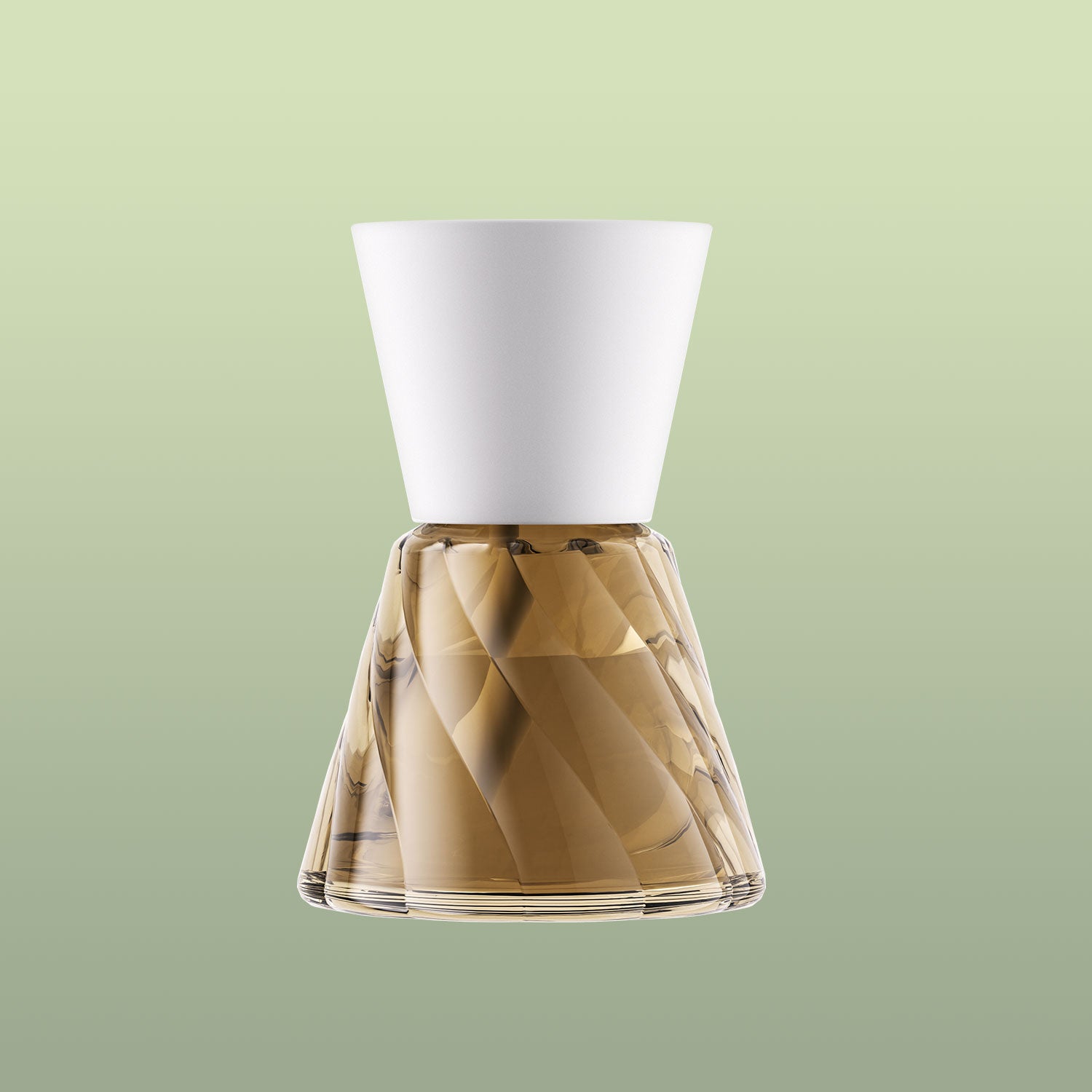


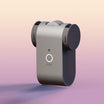
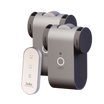

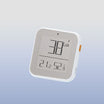
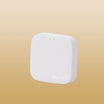
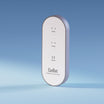


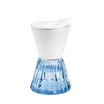



Leave a comment
All comments are moderated before being published.
This site is protected by hCaptcha and the hCaptcha Privacy Policy and Terms of Service apply.